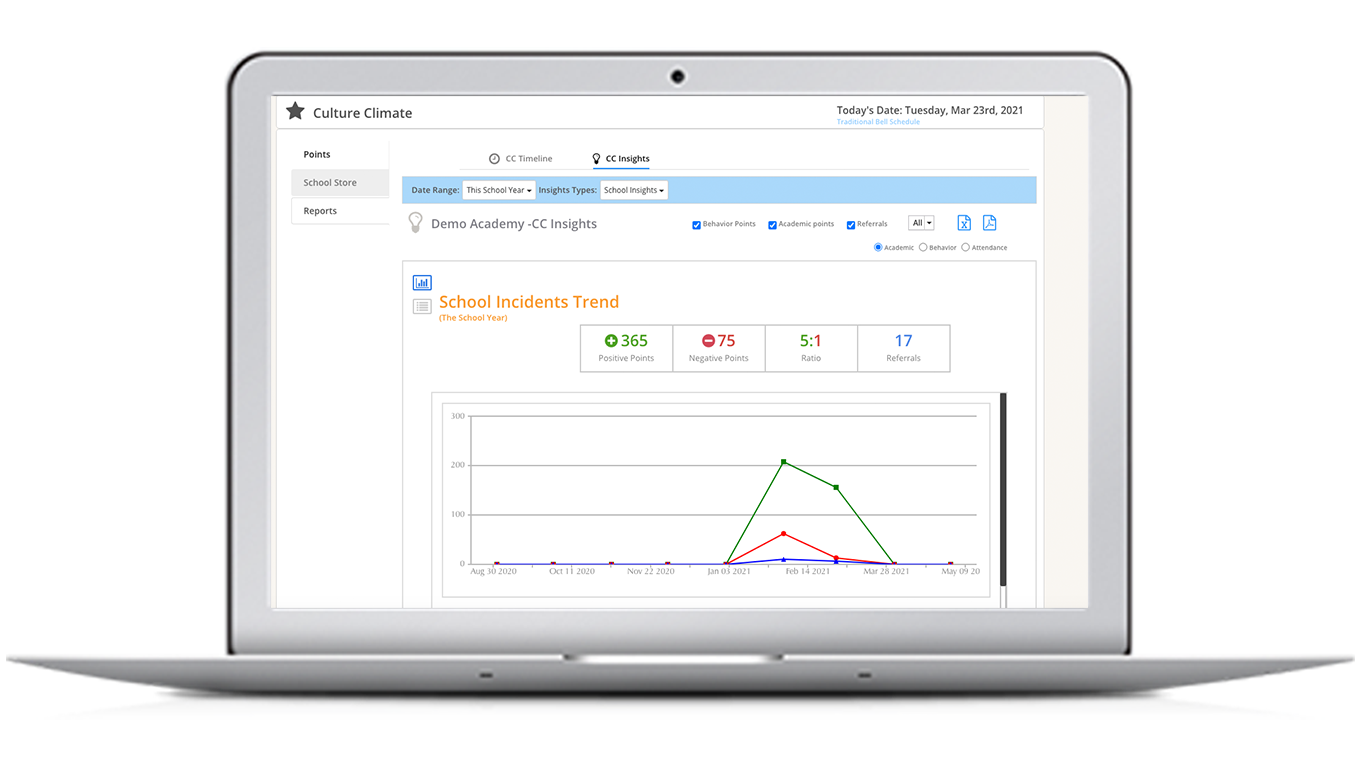I’ve touched on these concepts in a previous blog entitled Improve the Opportunity to Learn. I look to take the conversation a step further here. There are two principal approaches to improving schools. They are guaranteeing the students the opportunity to learn and teachers the opportunity to teach. Although we are discussing them separately, in reality, they’re truly intertwined. In future discussions, we’ll take a deeper dive into the various strategies and specific action steps to guarantee students, the opportunity to learn and teachers the opportunity to teach the work. The work it takes to guarantee students the opportunity to learn while guaranteeing teachers, the opportunity to teach, really falls into three broad categories.
3 Steps To Improve the Opportunity to Teach & Learn
- One, the school has to create a positive learning environment; that’s conducive to high levels of teaching and learning.
- Second, the school must optimize systems that will create academically challenging environments for all students.
- And third, we must support teachers in doing the first two.
Step 1: Positive Learning Environment
As previously stated, there are many ways to create a positive learning environment. Today, we will focus on maximizing instructional time. And we can do this by reducing disruptions, minimizing  announcements, reducing the number of class transitions and the duration of those class transitions. And there’s so much more. But one thing we could add is increasing the time on task of our teachers and our students. For example, creating a system for managing positive and negative behavior that reduces time spent on the disruption. Two more examples include having specific methods of transitioning from one activity to the next and getting students’ attention so that we can get on with the day’s lesson.
announcements, reducing the number of class transitions and the duration of those class transitions. And there’s so much more. But one thing we could add is increasing the time on task of our teachers and our students. For example, creating a system for managing positive and negative behavior that reduces time spent on the disruption. Two more examples include having specific methods of transitioning from one activity to the next and getting students’ attention so that we can get on with the day’s lesson.
Step 2: Create Academically Challenging Environment for ALL Students
Our second way to guarantee opportunity to learn and teach is creating an academically challenging environment for all students, and all means all. Here are just a few ways to do that.
- One, common planning time for all of your teachers, including the special education teacher in the common planning session.
- Secondly, a common assessment program. In this program that includes quizzes, exit tickets assessments, and the appropriate data protocols and presentations.
- Third, progress monitoring for all students, not just the students with 504s, an IEP’s, but every single student. That means we’re differentiating based on the data from those common assessments.
- And, finally require a hundred percent. A hundred percent means calling on all students; not allowing any students to opt out of learning. Consequently, we are increasing student engagement and academic discussion in the classroom. Now, that is maximizing the instructional time during the class and creating an academically challenging environment.
Step 3: Support Teachers
Our third and perhaps most important effort must be in instructional support. Here, we support our teachers to meet and exceed the expectations in the first two areas. We have to provide the time and tools that guarantee both the opportunity to learn and to teach. Indeed, it can be argued that if you don’t have a good opportunity to teach, then the opportunity to learn suffers. Which translates to the teachers suffering then the students suffering leading to school failure. As former US Secretary of Education, Arne Duncan stated, we have to optimize our systems to help teachers increase parental engagement, student discussion, and attendance while improving school, culture and climate, and the ability to progress monitor. Let’s make these processes easier so teachers can teach without the burnout.
to the teachers suffering then the students suffering leading to school failure. As former US Secretary of Education, Arne Duncan stated, we have to optimize our systems to help teachers increase parental engagement, student discussion, and attendance while improving school, culture and climate, and the ability to progress monitor. Let’s make these processes easier so teachers can teach without the burnout.
So let’s recap. We can guarantee our students the opportunity to learn and teachers the opportunity to teach by providing a positive learning environment; creating systems to ensure that all students experience an academically challenging environment; and three support our teachers with the right tools to actually complete the first two.
What are some strategies that you use to guarantee students the opportunity to learn and teachers the opportunity to teach?
